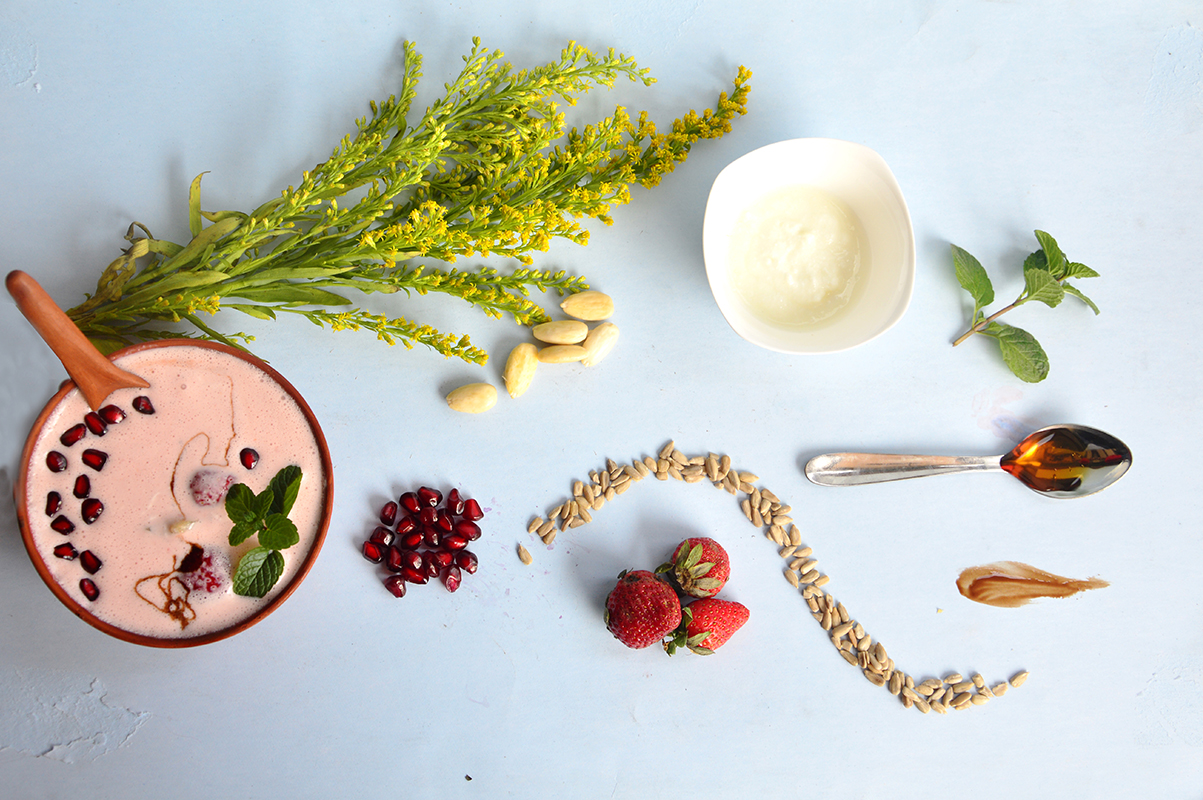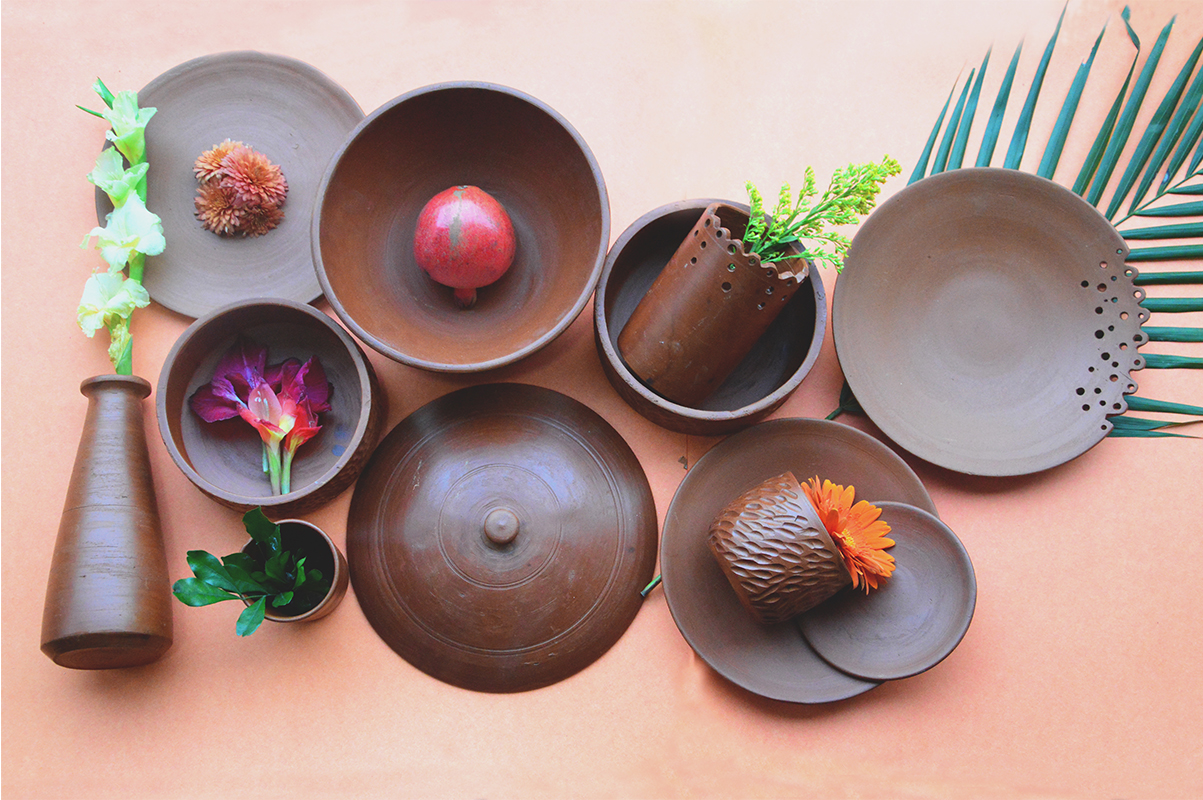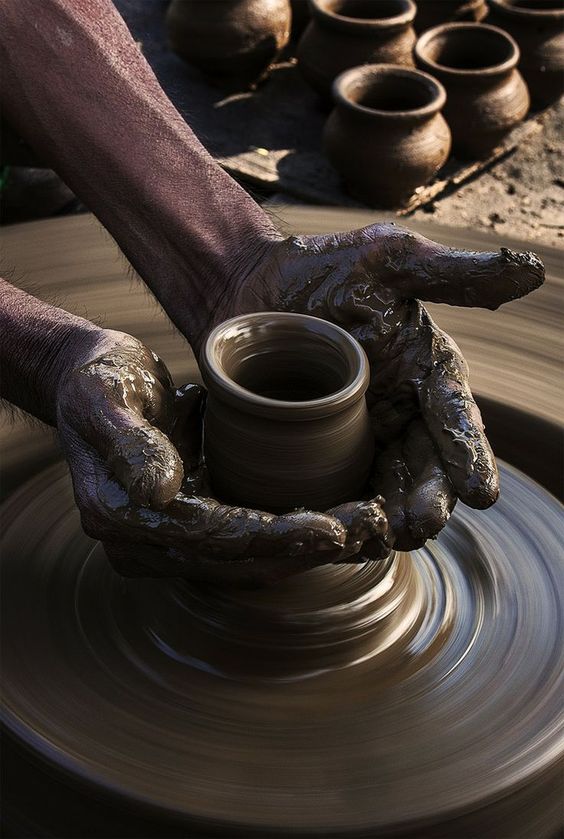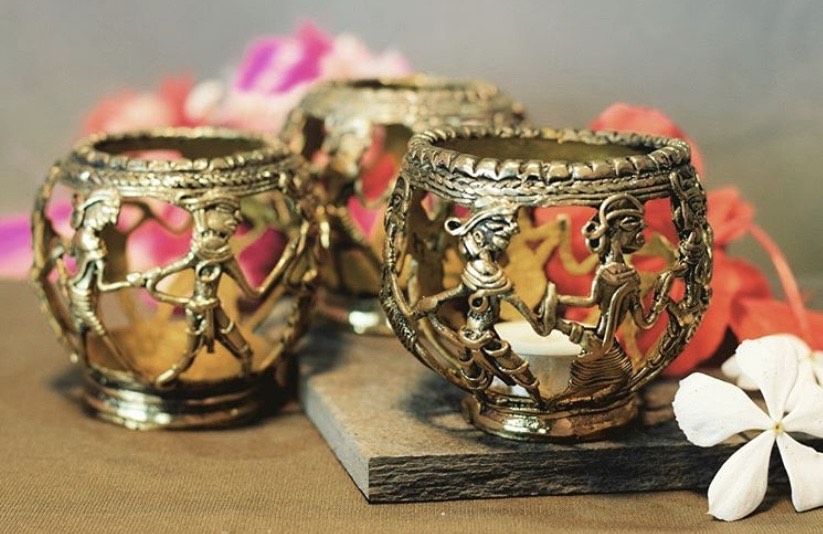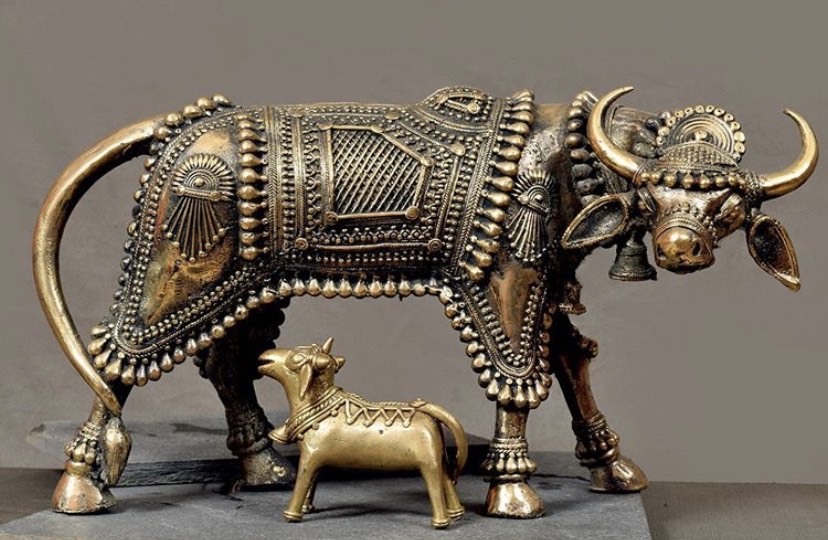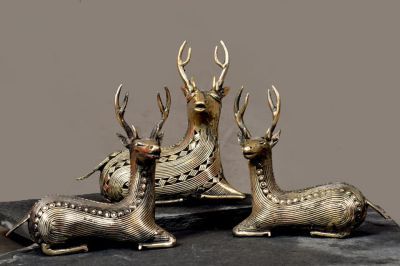Curd Setter: Natural way of setting curd in a clay pot.
Well, terracotta is a piece of earth that you carry home. Its a type of earthenware is a clay-based unglazed or glazed ceramic where the fired body is porous.
Not only does it distribute heat evenly, making for perfect bakes, it also has a porous texture that produces crusts that are just right.
Terracotta is one of the most distinct types of clay you will find, given its rich, rust red/orange coloring. The reason for this distinct color is that the iron content in the terracottas clay body reacts with oxygen and gives it a hue that ranges through reds, oranges, yellows, and even pinks.
If you are wondering where and how to begin, let us get you started. Buy your terracotta cookware at tribaltales.com and you can just cook in it and serve in it too as its rustic charm sets the right tone to your table.
So, here is a quick and easy recipe to make curd in our dolma pot.
All you have to do is heat the milk in the pot, let it get hot till you see tiny bubbles on the surface then turn the stove off (it takes 30 minutes or so for 1/2 gallon of milk to heat up to this point).
Keep the lid open and let it cool till you can put your little finger in and hold it there for 5 seconds. Now the milk is ready for the culture. If making 1/2 gallon of milk, add 3 tbsp of plain whole milk yogurt (preferably an organic brand). Stir the culture thoroughly then close the lid. keep the pot in the oven with the oven light on. let it sit there for 6-8 hours.


